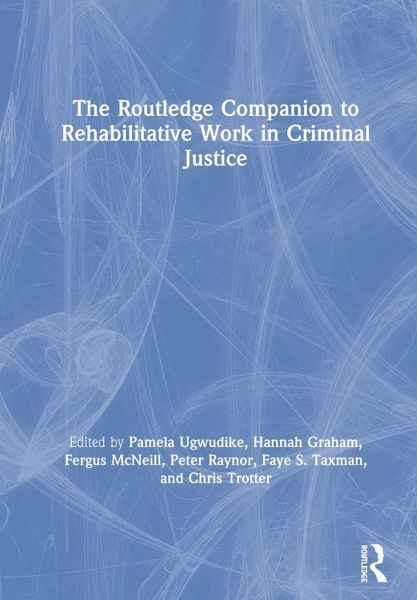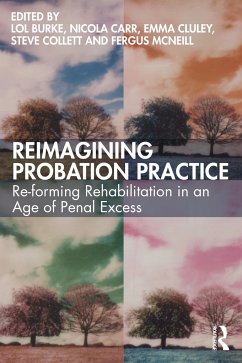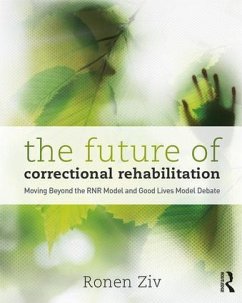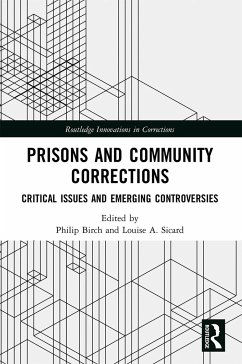
The Routledge Companion to Rehabilitative Work in Criminal Justice
Versandkostenfrei!
Versandfertig in 2-4 Wochen
73,99 €
inkl. MwSt.
Weitere Ausgaben:

PAYBACK Punkte
37 °P sammeln!
Covering a variety of contexts, settings, needs and approaches, and drawing on theory and practice, this book brings together over ninety entries, offering concise and definitive overviews of a range of key issues on working with offenders.













